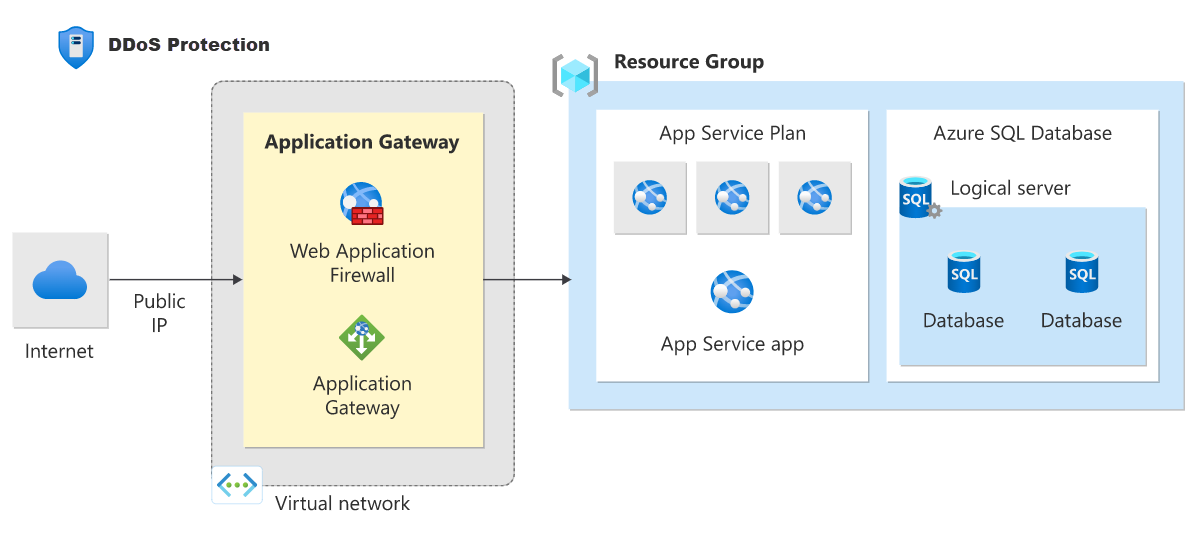Microsoft Says DDoS Attacks Were to Blame for Recent Service Failures
Microsoft shared information that impacted its services earlier this month. Microsoft applications like the OneDrive file-sharing and Outlook email programs were impacted, as well as the technology giant’s core Azure cloud computing system. The cyber collective Anonymous Sudan claimed responsibility, for the attack and Microsoft still holds them accountable. Although the company stated that after investigating the incident, it had “seen no evidence that customer data has been accessed or compromised“. Nonetheless, Microsoft asked clients to evaluate the technical information and recommendations given in its post to strengthen their systems against future assaults.
What Is a “Distributed Denial-Of-Service” (DDoS) Attack?
For those who are not familiar, a Distributed Denial-of-Service (DDoS) Attack (DDoS) attack is a type of malicious activity that involves flooding a server or network with incoming internet traffic. A frequent type of attack that allows criminals to affect the accessibility of internet services. Typically, it entails using maliciously infected, remotely exploited workstations. They are under the authority of hackers to send commands over the internet to overwhelm target network servers.
 Whom Did It Affect?
Whom Did It Affect?
The technology giant’s core cloud computing platform, Azure, as well as applications like OneDrive and Outlook email services, were impacted. Microsoft provides a wide range of cloud-based services. So, the attack may have had an effect on millions of its clients globally. Though the company hasn’t yet disclosed the full scope of the interruption.
People Responsible for Attack
When the incident first occurred, the cyber collective Anonymous Sudan claimed responsibility, and Microsoft still holds that group responsible. Microsoft made a few comments about the issue at the time. But in a post over the weekend, it confirmed that distributed denial-of-service (DDoS) attacks were to blame.
After the disruption, Microsoft claimed it had started monitoring behavior by the threat actor, which it had called Storm-1359 using a naming scheme it uses for groups while inquiries are in progress. It was further said that “the offender appears to be focused on disruption and publicity”.
Anonymous Sudan first appeared at the start of this year. They claimed to target countries that interfere in Sudanese affairs or advance anti-Muslim ideologies. The group’s alleged affiliation with the pro-Kremlin hacking collective Killnet. Several security specialists, however, support the allegation that the group’s position on Sudan is essentially a lie.
Even while more information about the incident may still surface, the fact that Microsoft was unable to handle a DDoS attack may be the most worrisome.

Conclusion – How Does Microsoft Defend Against DDoS Attacks on Its Azure Servers Then?
According to Microsoft, the increase in attacks is due to the abundance of low-cost DDoS-for-hire services, which may tempt hackers to take down servers. Microsoft’s own Azure DDoS Protection team prevents the attacks. All Azure servers and all Microsoft assets are safeguarded by this team. Azure DDoS Protection features application layer protection, continuous monitoring, automatic network attack mitigation, and cutting-edge intelligence that can recognize traffic patterns over time.
In conclusion, Microsoft is continuously striving for better results and safeguarding the interest of the users and wants the user to be aware of the same.

